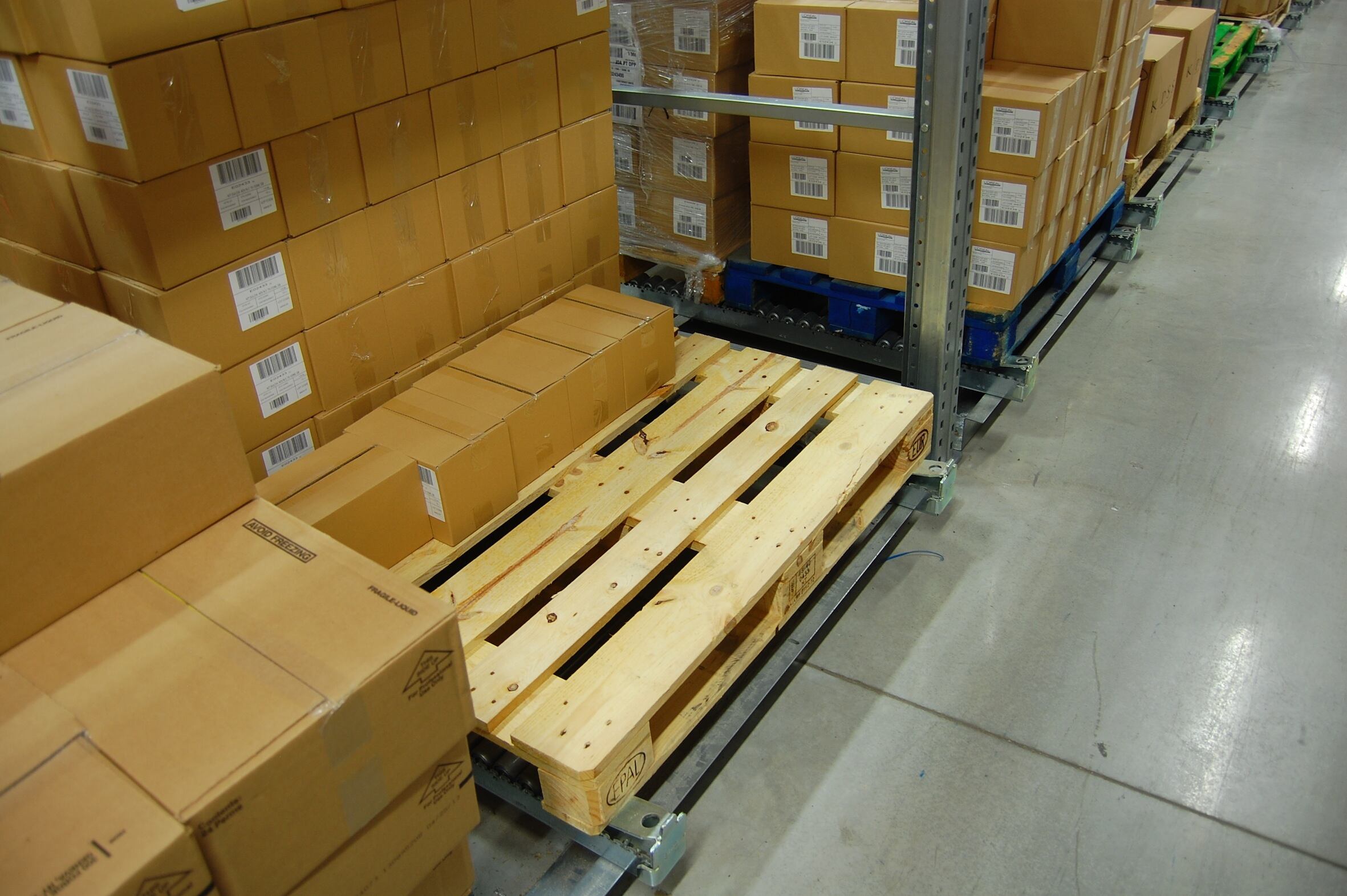The manufacturer of storage and order picking systems will hire new staff this year and now offers a ‘try before you buy’ scheme.
Edward Hutchison, MD, BITO UK, talked to FoodProductionDaily.com about its automated storage systems and trends across Europe in order picking.
FPD: Will you be exhibition at Foodex in March?
Hutchison: “Yes: BITO’s stand at Foodex [March 24-26, NEC Birmingham] will have demonstration units of its pallet and carton live storage systems, which offer First In First Out (FIFO) order picking that ensure product is not left on the shelf, shortening its sell by date. BITO will also be showing its ventilated shelving and bins and containers.

FPD: What developments have there been for the company recently?
Hutchison: During last year BITO developed its Fast Track programme with extended UK stock and improved customer service levels. The Fast Track product catalogue and webshop now offers a “Try Before you buy” option, price matching, a five-year guarantee and three-day delivery.
Another product which has just been launched is BITO’s shelving system Smart Slide. The shelving’s sliding design has a number of products at the pick face within a minimal footprint, giving the flexibility to change pick slot sizes to meet changing needs and adheres to insurers’ requirements for fire regulations. It works in a similar way to a sliding wardrobe. In other words, it combines fixed shelving at the rear and a slideable shelving system at the front, allowing pickers to slide the bay to one side to gain access to the full width of each bay at the rear.
FPD: What’s next for BITO?
Hutchison: In 2013 order intake was up to £9m; operating profit increased by over 20% compared to 2012 and the quantity of orders increased by almost a third (32%) within the same 12 month period. These are very pleasing results in a very competitive market, and in 2014 we expect the good growth in sales and profitability to continue. We will again increase our marketing activities, invest in three additional staff to ensure client service levels are maintained and focus business development on key market sectors.

FPD: What are the most important aspects to customers, when choosing storage and order picking systems? Has this changed in recent years?
Hutchison: While manual picking processes can offer food producers the greatest flexibility for their storage, once a critical limit is reached in terms of throughputs, automated picking systems come into the frame. Automation will also appeal to operations that are large, require 24-hour availability, need to minimise personnel or demand high pick accuracy.
Opting for a long-term investment in an automated storage system will bring big increases in productivity and personnel savings, though the size of the initial investment will mean a payback will be on a longer term basis than non-automated storage and will be measured in years.
There has been a marked shift across Europe to order picking from live storage systems. Companies are installing banks of flow shelves for new or additional pick zones in free areas of their warehouses to gain faster picking, reduced manpower and improved space saving and organisation.
Where they have no free areas in their warehouses, they are replacing traditional static shelving in existing pallet racking with flow shelves. Sometimes, this is on a temporary basis to handle peaks, using flow shelves that are designed for quick installation into existing racking.
By concentrating cartons into flow lanes, carton live provides a dense storage system that will increase productivity. Cartons of goods fed into the system at the rear flow unassisted down rollers in a lane designed around the carton, or container, to be presented at the front on the pick face, giving pickers constant availability of goods. It all works within the FIFO [first in first out] principle, which enables easy control of time critical products, such as food with sell-by dates. The principle applies not just with cartons, but with pallets as well, and companies will often combine a mix of the two to suit different types of SKUs and speeds of throughput.
While requiring substantially lower investment than automated systems, live systems will initially cost more than static shelving or pallet racking. But the far greater pick location density that a live storage installation can offer will save up to 20% of floor space for small parts storage compared to static shelving, while travel time for pickers can be improved by two thirds.”
